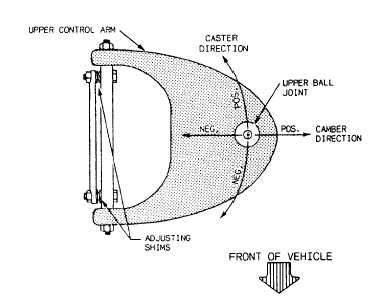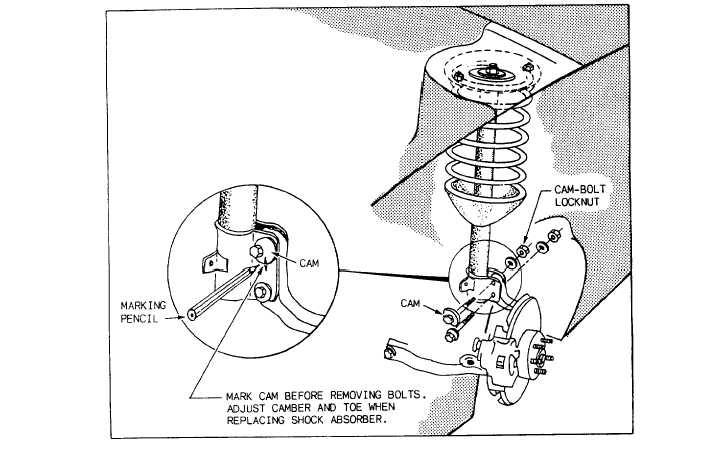
Figure 12-17. - Positive and negative directional movement of upper control arm.
1. Shims of various thickness at upper or lower control arm.
2. Eccentrics at upper or lower control arm and some use a strut rod for caster adjustment.
3. Elongated holes in the upper control arm or frame. The holes are serrated in the control arm and frame for a lock-tight fit.
Because all alignment angles are inter-related, one affecting the other, it is suggested you make your adjustments in the following order first-adjust caster, second-camber, third-center the steering wheel and adjust the tie rods so the wheels are straight ahead, and fourth-adjust toe-in.
Because of the variations in the different way each manufacturer designs a vehicle, you are advised to check the service manuals for specific adjustment locations and procedures.
CASTER/CAMBER ADJUSTMENTS
Regardless of the method or location of the adjustment, you should always consider the positioning of the upper control arm (specifically the ball joint) in relation to the lower. Whenever an adjustment is necessary, you must first consider in which direction you should move the upper control arm.

Figure 12-18. - MacPherson strut.
Continue Reading